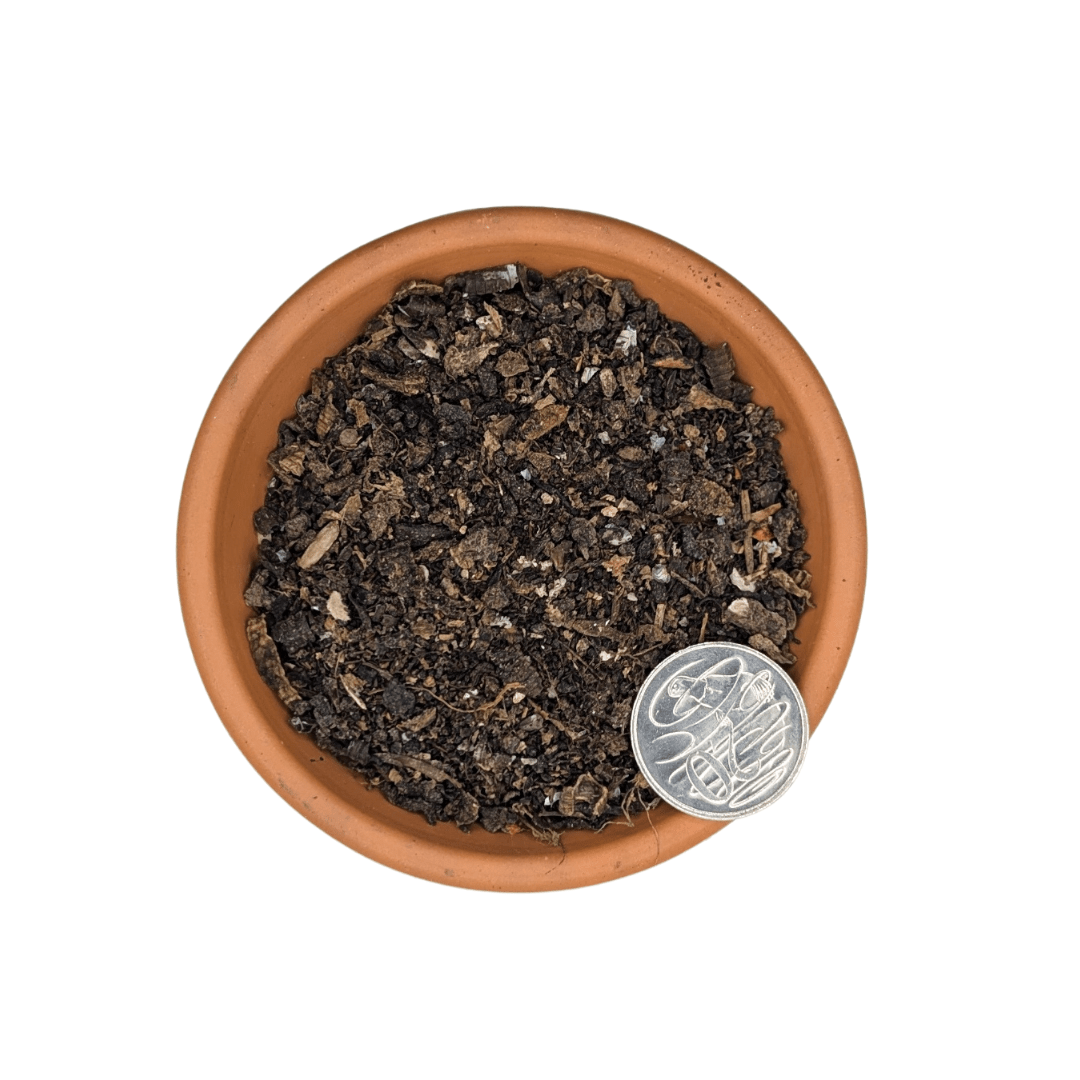As usual, my order arrived in record time and was carefully packaged. I really appreciate the time and care taken to get it right every time. Shout out to Scotty and the team. 🐐
Thanks legend! Always a pleasure getting your orders sorted and out quick. Big cheers from Scotty and the crew—appreciate your ongoing support!
With most things I see on the internet , I treat it with scam hostility . But I was struggling with high PH problem , using sulphur . Its a slow fix .
Bought a small pack of Dr Greenthumbs , used it as directed . Kept checking PH , it helped back to neutral conditions . Never seen such healthy growth .
Now Im a true convert ... I don't know how it works , but soil is so healthy and worms have returned . I buy it in the kilo pack now and use it very regularly as I can see the improvement...
Thanks legend! Love a good convert story—especially when the worms come back! Stoked the Root Roids sorted out your soil and PH troubles. Appreciate you sharing your journey and sticking with us. Happy growing!
Easy smooth transaction
Highly recommended 👌🏼thank you
Thanks Nelson! Glad you found everything smooth and easy—and stoked you rate our prices. Appreciate the recommendation and support!
🌿 Best soil I’ve ever used!
I’ve used Turbo Dirt Soil three times now, buying the 270L bulk pack each time — and honestly, it’s hands down the best soil I’ve ever grown with. Turbo dirt has produced the biggest, stickiest, and most aromatic buds I’ve ever had. The mix is perfectly balanced, drains well, and holds moisture just right for outdoor grows.
healthy roots, strong growth, and no need for constant adjustments or heavy feeding.
Thanks Isaac! Absolutely pumped to hear you’re loving the Turbo Dirt—sounds like it’s working magic in your garden. Appreciate you sharing your experience and those awesome results. Happy growing!
Awesome product. Added to my inorganic substrate for my hoyas, indoor plants as well as orchids.
Thanks Vony! Love hearing our diatomite is working wonders across your whole plant collection. Appreciate the kind words—happy growing!






